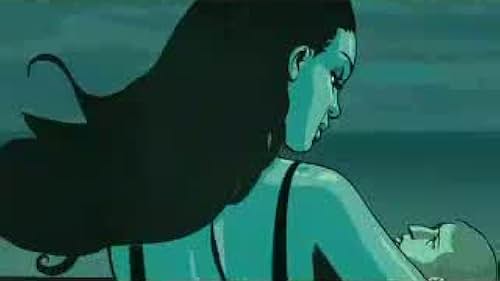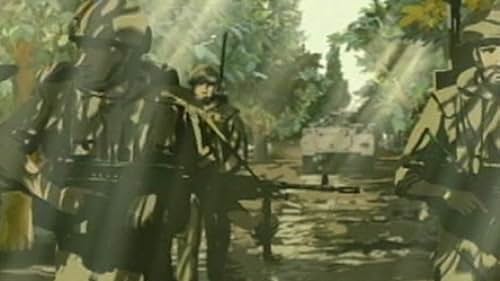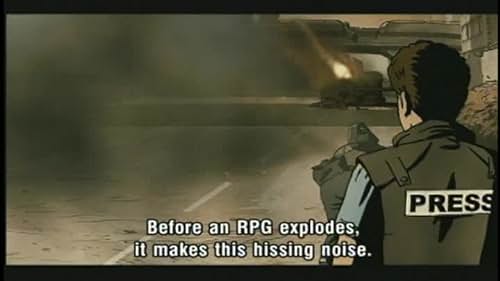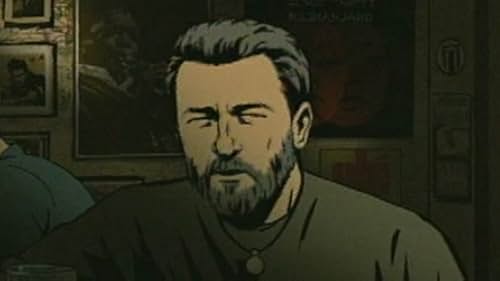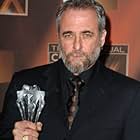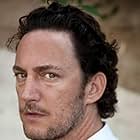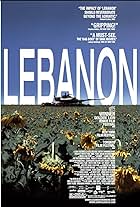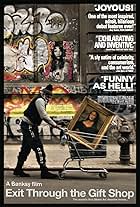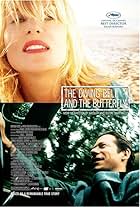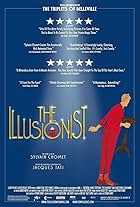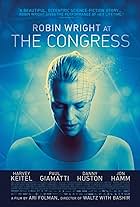An Israeli film director interviews fellow veterans of the 1982 invasion of Lebanon to reconstruct his own memories of his term of service in that conflict.An Israeli film director interviews fellow veterans of the 1982 invasion of Lebanon to reconstruct his own memories of his term of service in that conflict.An Israeli film director interviews fellow veterans of the 1982 invasion of Lebanon to reconstruct his own memories of his term of service in that conflict.
- Nominated for 1 Oscar
- 46 wins & 63 nominations total
Ari Folman
- Self
- (voice)
Ori Sivan
- Self - Interviewee
- (voice)
Zahava Solomon
- Self - Interviewee
- (voice)
- (as Prof. Zahava Solomon)
Miki Leon
- Boaz Rein-Buskila
- (voice)
Yehezkel Lazarov
- Carmi Cna'an
- (voice)
- Director
- Writer
- All cast & crew
- Production, box office & more at IMDbPro
Storyline
Did you know
- TriviaThe first animated film to be nominated for Best Foreign Language Film Oscar.
- GoofsThe narrator refers to the transport helicopter as a "Hercules helicopter", which is a confusion of the C-130 Hercules cargo plane with the CH-53 Stallion helicopter, the latter being the true transportation device.
- Quotes
Anonymous soldier: What to do? What to do? Why don't you tell us what to do?
Ari Folman: Shoot!
Anonymous soldier: On who?
Ari Folman: How should I know on who? Just shoot!
Anonymous soldier: Isn't it better to pray?
Ari Folman: Pray and shoot!
- ConnectionsFeatured in Golden Globe Awards (2009)
Featured review
Ari Folman first movie was a great promise, but more than a decade passed since then and with only one feature film, and several TV series on the record his career seems to be stagnating at best. Here he comes now with a film that is so sharp, surprising and different - one of the best Israeli films ever in any genre.
Choosing to do an animated feature about the beginning of the first Lebanon war in 1982 and the collective trauma and amnesia caused by this war to its heroes - young soldier torn down from their first world life to be thrown in the violent absurdity of war - and the whole Israeli society is both a daring and natural thing to do. Daring because this film is after all a documentary about the search to the lost memory of the director about his own presence in war, and the journey to recover it by means of interviews with his fellows in arms. The real life persons are recorded while giving the interviews while extremely accurate drawn images play the visual role (one of the persons interviewed is a famous journalist showing up often on TV). As realist as these scenes are, it is hard to imagine how difficult it would have been to bring on screen the fighting scenes, or to play the trauma of the young boys shown into a terrifying and nightmarish reality. So animation was the right and natural choice. Without using special or expensive effects, the dreams and nightmare scenes are both catching and terrifying, reflecting the traumatized souls of the dreamers (one won't forget easily the opening scene).
Yet, the message of the film is far beyond the personal message. When dreams (or better said nightmares) dissipate the deep-buried reality gets back - the massacres in the Palestinian camps become real on screen, and this is the only place where Folman uses fragments of filmed material rather than animation. The nightmare became reality and its a grim one. Without ever leaving the personal and emotional plans, the political statement about a war with no winners is made loud and clear without the need of being explicit.
Choosing to do an animated feature about the beginning of the first Lebanon war in 1982 and the collective trauma and amnesia caused by this war to its heroes - young soldier torn down from their first world life to be thrown in the violent absurdity of war - and the whole Israeli society is both a daring and natural thing to do. Daring because this film is after all a documentary about the search to the lost memory of the director about his own presence in war, and the journey to recover it by means of interviews with his fellows in arms. The real life persons are recorded while giving the interviews while extremely accurate drawn images play the visual role (one of the persons interviewed is a famous journalist showing up often on TV). As realist as these scenes are, it is hard to imagine how difficult it would have been to bring on screen the fighting scenes, or to play the trauma of the young boys shown into a terrifying and nightmarish reality. So animation was the right and natural choice. Without using special or expensive effects, the dreams and nightmare scenes are both catching and terrifying, reflecting the traumatized souls of the dreamers (one won't forget easily the opening scene).
Yet, the message of the film is far beyond the personal message. When dreams (or better said nightmares) dissipate the deep-buried reality gets back - the massacres in the Palestinian camps become real on screen, and this is the only place where Folman uses fragments of filmed material rather than animation. The nightmare became reality and its a grim one. Without ever leaving the personal and emotional plans, the political statement about a war with no winners is made loud and clear without the need of being explicit.
Details
- Release date
- Countries of origin
- Official site
- Languages
- Also known as
- Điệu Valse Của Ký Ức
- Production companies
- See more company credits at IMDbPro
Box office
- Budget
- $1,500,000 (estimated)
- Gross US & Canada
- $2,283,849
- Opening weekend US & Canada
- $50,021
- Dec 28, 2008
- Gross worldwide
- $11,179,372
- Runtime1 hour 30 minutes
- Color
- Sound mix
- Aspect ratio
- 1.85 : 1
Contribute to this page
Suggest an edit or add missing content


